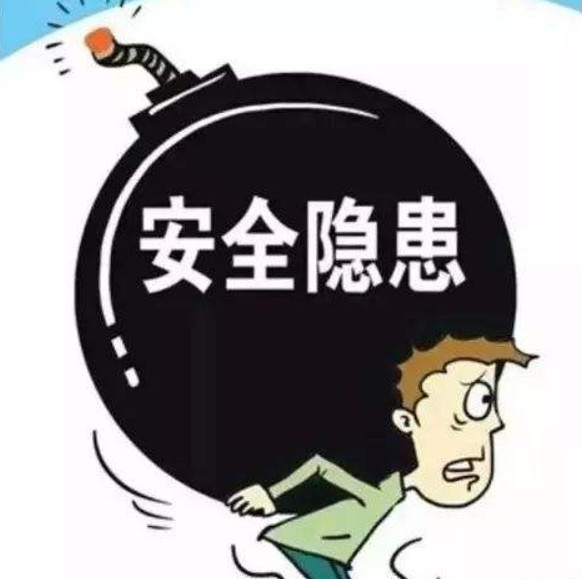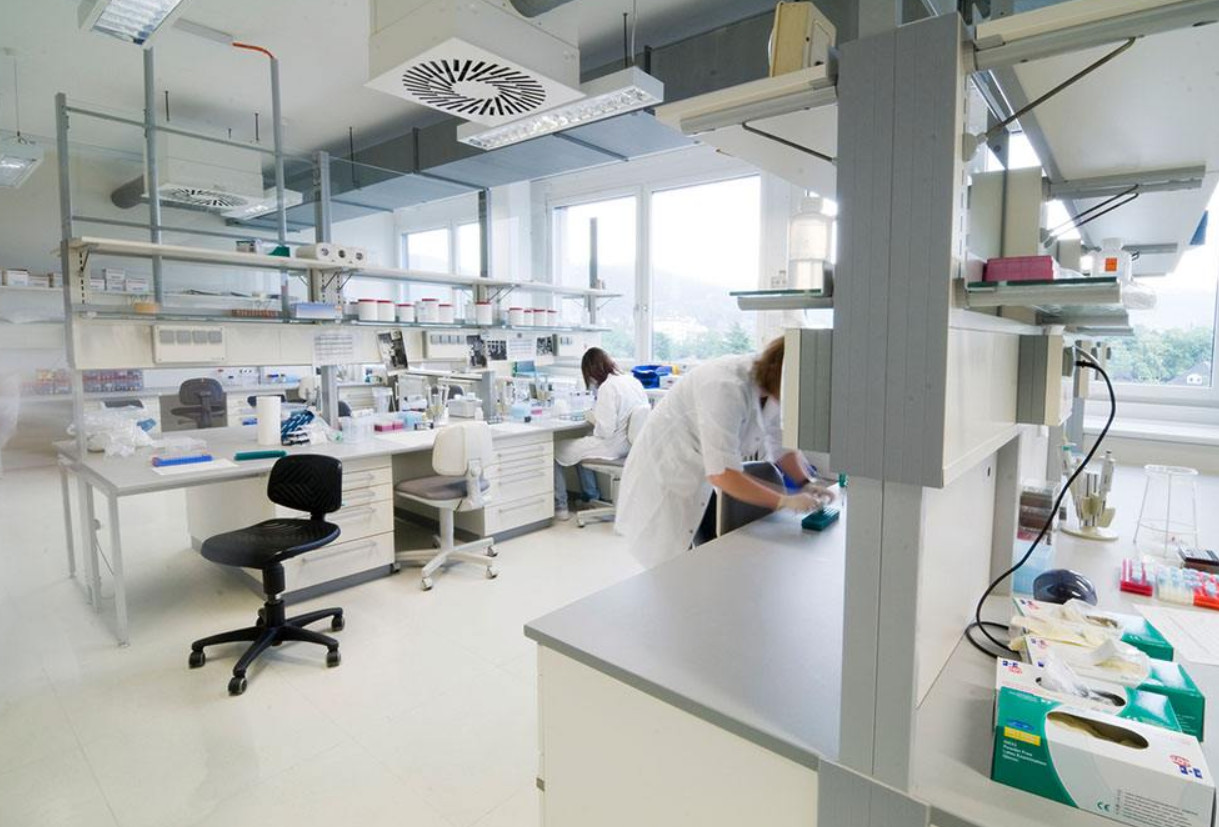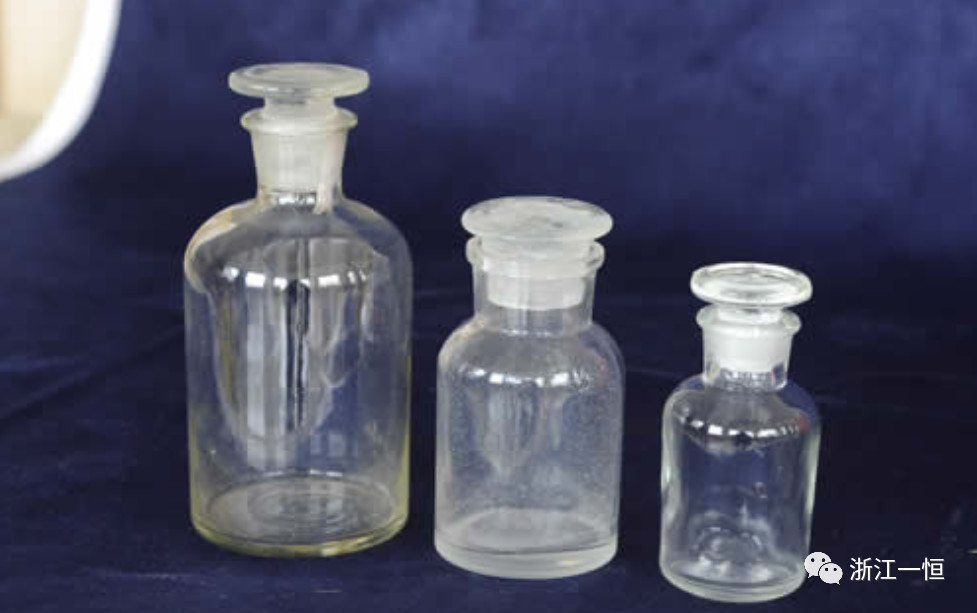1. Glassware
Using all kinds of glassware correctly is very important to reduce personal injury. Broken glassware is not allowed in the laboratory. Glassware that cannot be repaired shall be disposed of as waste. The remaining chemicals should be removed before repairing the glassware.
When using various glassware, laboratory personnel should pay attention to the following items:
(1) Wear protective gloves when installing glass tube on rubber stopper or rubber tube. First, burn both ends of the glass tube smooth with fire, and apply water or grease to the joint as lubricant. For the glassware bonded together, do not try to pull hard to avoid hurting your hands.
(2) Dewar bottles should be covered with a layer of tape or other protective layer to prevent glass chips from splashing when broken. The glass distillation column shall have a similar protective layer. When using glassware to operate under abnormal pressure (higher or lower than atmospheric pressure), it should be carried out behind the protective baffle.
(3) Broken glass should be put into a special garbage can. The broken glass shall be washed with water before being put into the garbage can.
(4) In the process of vacuum distillation, appropriate protective measures (such as plexiglass baffles) shall be taken to prevent personal injury caused by explosion or rupture of glassware.
(5) Ordinary glassware is not suitable for pressure reaction. Even under low pressure, it is dangerous. Therefore, it is forbidden to use ordinary glassware for pressure reaction.
(6) Do not place the heated glassware on the supercooled table to prevent the glass from breaking due to the rapid change of temperature.

2. Rotary evaporator
Rotary evaporators are commonly used instruments in the laboratory. The following items should be noted when using them:
(1) The applicable pressure of rotary evaporator is generally 10-30mmhg.
(2) Each connecting part of the rotary evaporator shall be fixed with a special clamp.
(3) The solvent capacity of the rotary evaporator flask shall not exceed half.
(4) The rotary evaporator must rotate at a proper speed.
3. vacuum pump
Vacuum pump is used for filtration, distillation and vacuum drying equipment. There are three kinds of commonly used vacuum pumps: air pump, oil pump and circulating water pump. Pump and pump can pump vacuum to 20-100mmhg, high vacuum pump can pump vacuum to 0.001-5mmhg. Pay attention to the following items when using:
(1) A cold trap must be connected before the oil pump.
(2) The water in the circulating water pump must be replaced frequently to avoid the residual solvent being ignited by the motor spark.
(3) Before use, first cool down the distilled liquid, then slowly deflate it, and then close it after reaching the balance.
(4) The oil pump must be changed frequently.
(5) The exhaust port on the oil pump shall be connected with a rubber pipe and connected to the fume hood.
4. ventilation cabinet
The function of the fume hood is to protect the laboratory personnel from poisonous and harmful gases, but it can't discharge all poisonous gases. Pay attention to the following items when using:
(1) Chemicals and experimental instruments shall not be placed at the exit.
(2) Do not turn off the ventilation when doing the experiment.
5. thermometer
Thermometers generally include alcohol thermometers, mercury thermometers, quartz thermometers and thermocouples. The measurement range of low temperature alcohol thermometer is - 80 ℃ ~ + 50 ℃; alcohol thermometer is 0 ℃ ~ + 80 ℃; mercury thermometer is 0 ℃ ~ + 360 ℃; high temperature quartz thermometer is 0 ℃ ~ + 500 ℃, and thermocouple is not commonly used in laboratory. The laboratory personnel shall select the appropriate thermometer. The thermometer can not be used as a mixing rod to avoid breaking and damage, resulting in other hazards. After the mercury thermometer is broken, most of the mercury shall be sucked by a straw, placed in a specific sealed container and marked, and then treated by the waste chemical reagent company, the remaining mercury shall be covered with sulfur, and cleaned up in a few days.
6. Gas cylinder
The substances in the cylinder are often under high pressure. When the cylinder is toppled, heated or under irregular operation, it may cause explosion and other hazards. In addition to explosive and easy to spray, many compressed gases are flammable, toxic and corrosive. Therefore, attention should be paid to the use of steel cylinders:
(1) Characteristics of normal safety gas cylinders:
① The cylinder surface shall be clearly labeled with the gas name.
② All gas cylinders have color identification.
③ All gas cylinders must be equipped with pressure reducing valves.
(2) Storage of gas cylinders:
① Compressed gas belongs to class I dangerous goods. The number of cylinders stored in the laboratory shall be reduced as much as possible. Hydrogen is strictly prohibited to be stored in the laboratory.
② Gas cylinders shall be placed upright against the wall, and measures shall be taken to prevent dumping; exposure to the sun, away from heat, corrosive materials and potential impact shall be avoided; meanwhile, steel cylinders shall not be placed in corridors and foyers to prevent obstacles in emergency evacuation and other accidents.
③ Inflammable gas cylinders and combustion supporting gas cylinders shall not be mixed; the distance between inflammable and inflammable pressure cylinders and open fire shall not be less than 10 meters; inflammable and toxic gas cylinders must be placed outdoors and in standard and safe iron cabinets.
(3) Use of gas cylinders:
① Clean the water and dust at the valve outlet of the cylinder before opening the pressure reducing valve. After the cylinder is used, close the main valve of the cylinder and release the excess pressure in the pressure reducing valve, and put on the safety helmet (except for those without safety helmet in the original design) to prevent the valve from being damaged. Care must be taken when removing the safety helmet to avoid inadvertently opening the cylinder main valve.
② It is not allowed to empty the cylinder completely (especially acetylene, hydrogen and oxygen cylinders), and a certain positive pressure must be retained.
③ The gas cylinder must be used in a well ventilated place when the pressure reducing valve and outlet valve are intact, and local ventilation shall be increased when toxic gas is involved.
④ When using cylinders containing toxic or corrosive gases, wear protective glasses, masks, gloves and work apron. Do not knock or collide with the pressure cylinder.
⑤ The pressure reducing valve, valve and pipeline of oxygen cylinder shall not be coated with oil or grease.
⑥ The cylinder trolley shall be used for cylinder transfer and kept upright, and the pressure reducing valve shall be closed at the same time.

Centrifugal separation is a very effective way in solid-liquid separation, especially in the separation of suspension containing very small solid particles. Pay attention to the following points when using:
(1) When using the centrifuge, the centrifuge tube must be balanced symmetrically, otherwise, water should be used as the balance to keep the centrifuge rotating in balance.
(2) Before starting the centrifuge, cover the cover of the centrifuge, start it at a lower speed, and then adjust it to the required centrifugal speed.
(3) At the end of centrifugal operation, the cover must be opened after the centrifuge stops running. Never open the cover or touch the rotating part of the centrifuge by hand before the centrifuge stops running completely.
(4) High quality glass centrifuge tube is required. Hot solution or organic solvent cannot be put into the plastic centrifuge tube to avoid deformation of the tube during centrifugation.
(5) The centrifugal solution is generally controlled at about half of the volume of the centrifuge tube, and too much liquid can not be put into it, so as to avoid the liquid escaping during centrifugation.
8 syringe
When using the syringe, it is necessary to prevent the needle from being stabbed and the syringe from being broken to hurt the hand. The needle and the syringe shall be tightened to prevent leakage. The used syringe must be cleaned in time. Useless syringes should be destroyed before handling to prevent misuse.
9. Refrigerator and freezer
The refrigerators in the laboratory are not equipped with explosion-proof devices and are not suitable for storing flammable, explosive and volatile solvents.
(1) It is strictly prohibited to store personal food in the refrigerator and freezer.
(2) All low boiling point reagents stored in refrigerators and freezers shall have standard labels.
(3) All containers in refrigerators and freezers shall be sealed, refrigerators shall be cleaned regularly and unnecessary samples and reagents shall be removed.
---Excerpt from: analysis and test Encyclopedia


 CN
CN SE
SE
